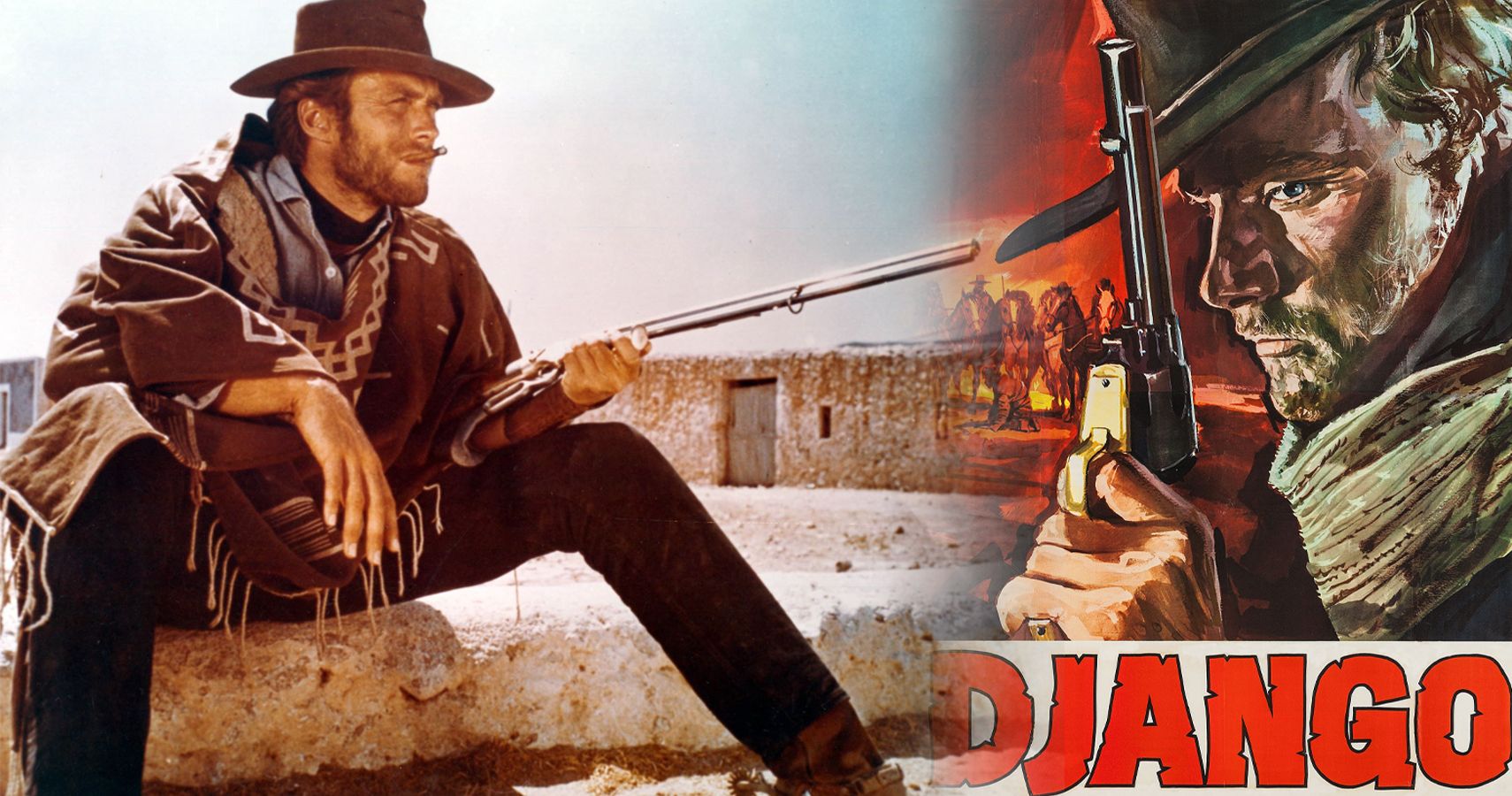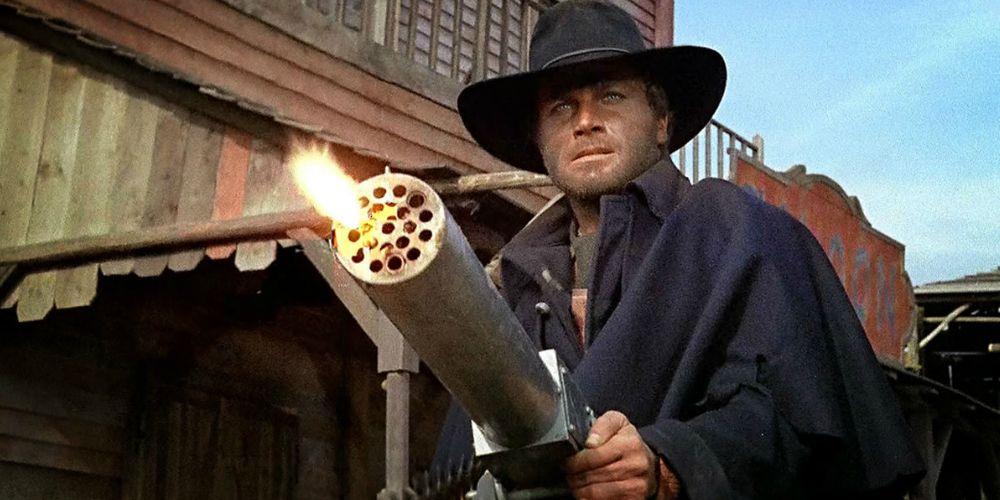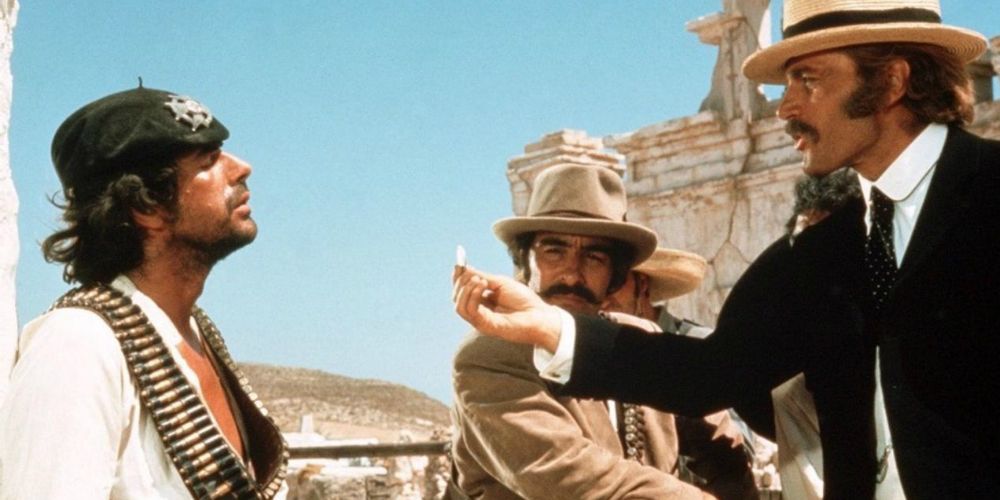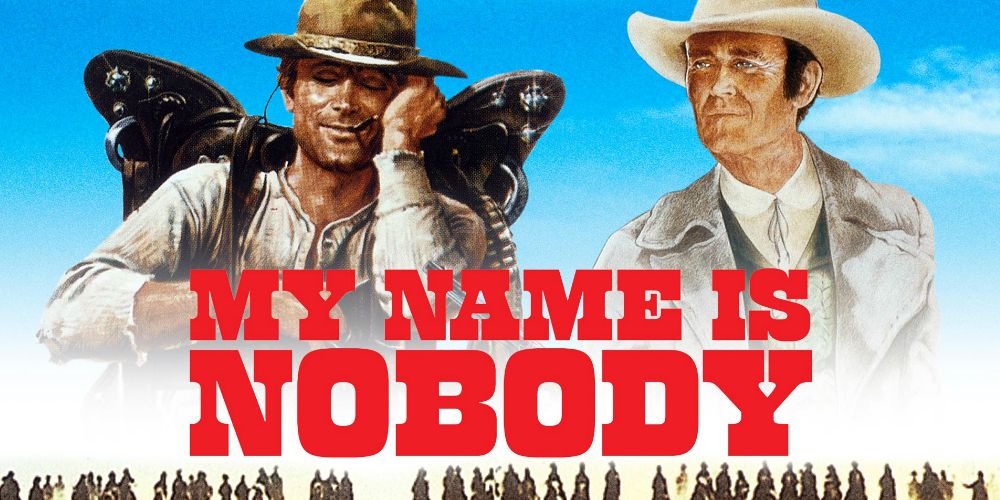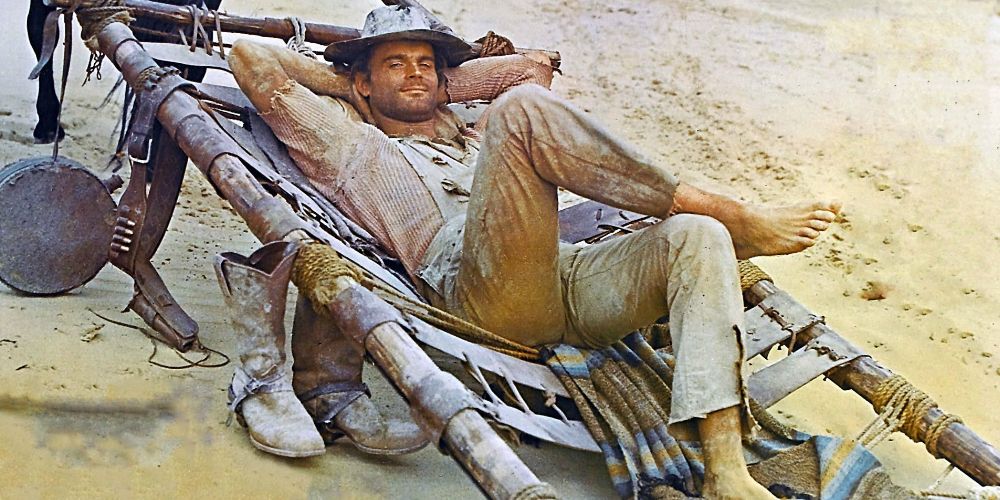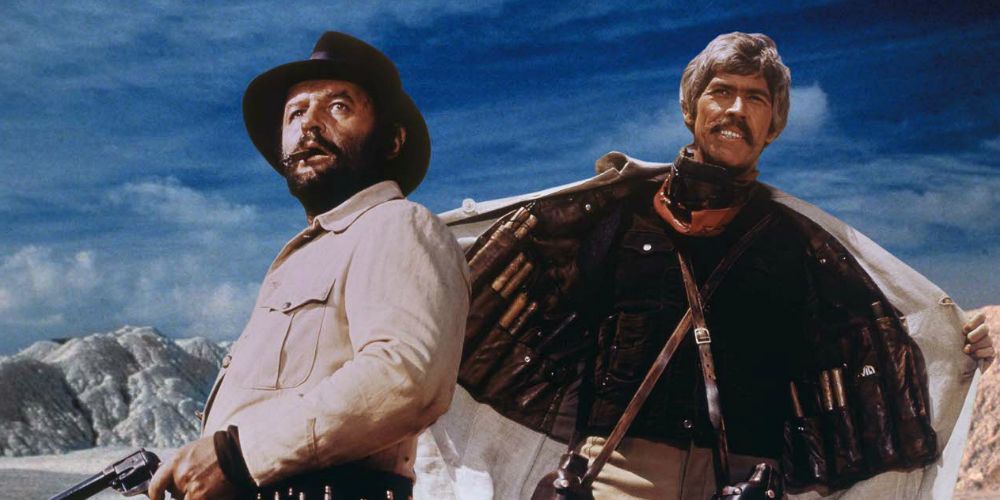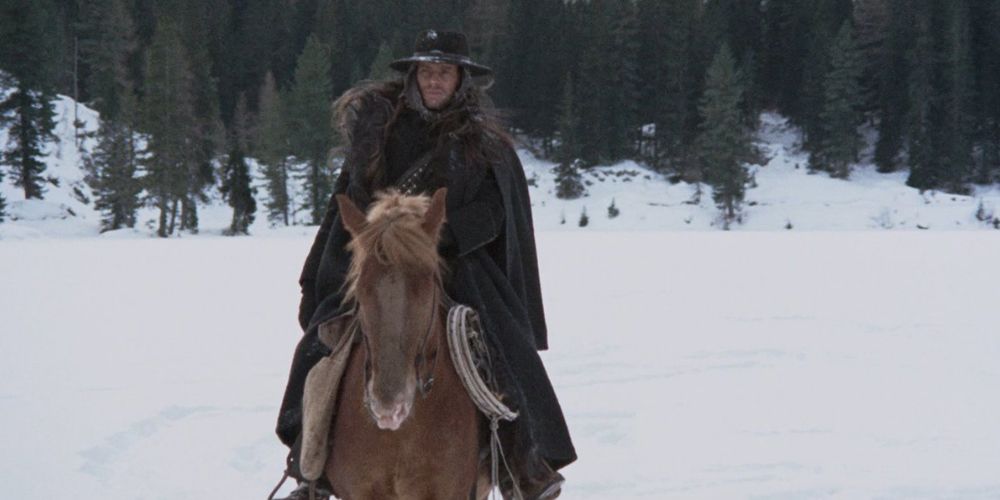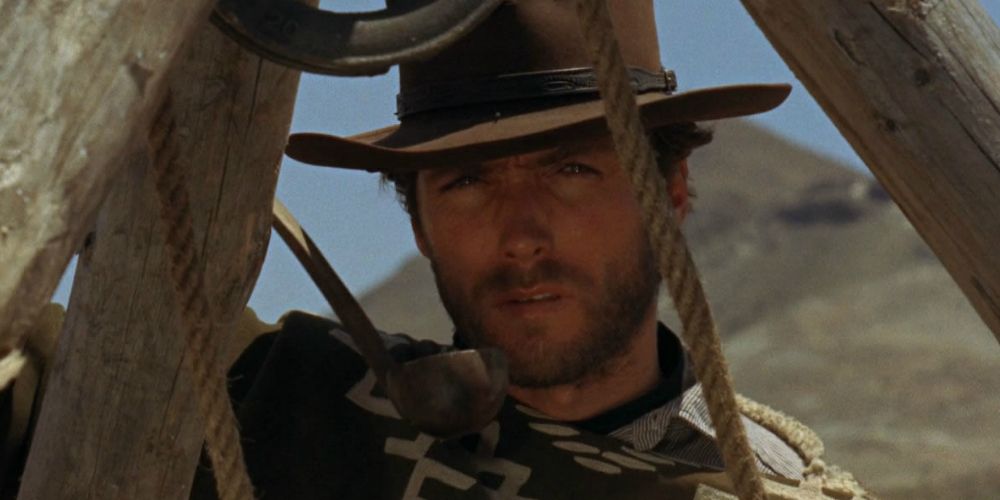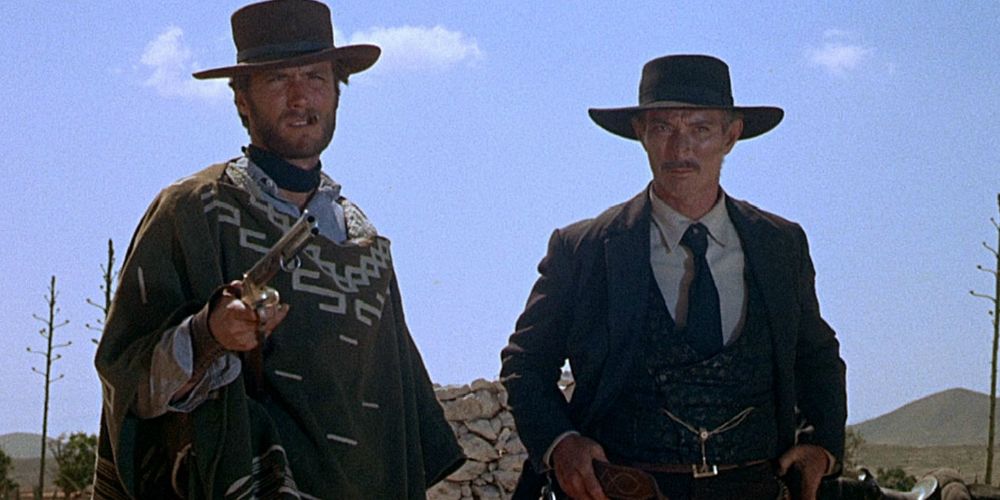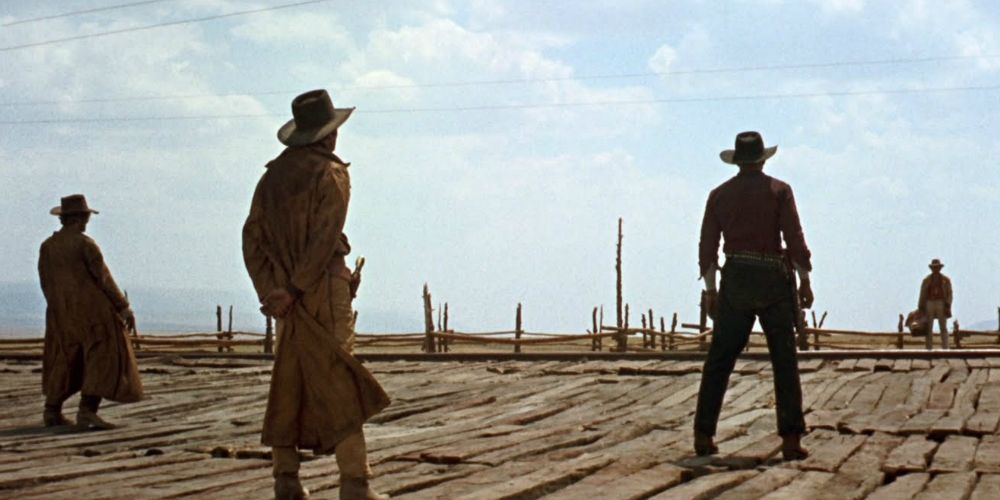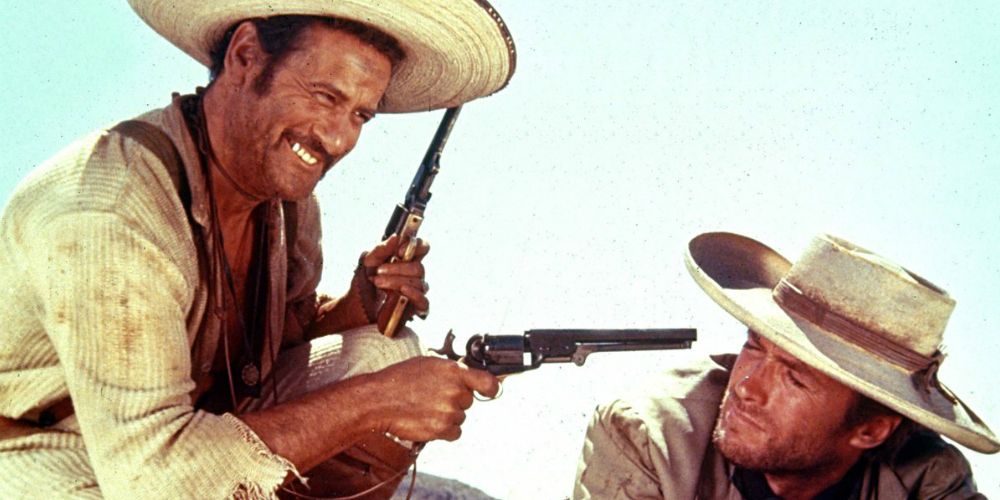Sergio Leone's work with Clint Eastwood changed the landscape of Westerns, as well as the landscape of world cinema. After the overwhelming success of 1964's A Fistful of Dollars, a new subgenre was born: The Spaghetti Western. The resulting films represent a now-gone era of stylish filmmaking.
The Spaghetti Western differentiates itself from traditional Westerns with various quirks and qualities. Spaghetti Westerns were often made in Italy's legendary Cinecittà Studios on a relatively low budget with international crews and performers. Due to having international crew members, as well as standards of Italian cinema at the time, performers spoke several languages on set and all dialogue was dubbed over in post-production. As a result, these films have an entirely unique energy and provide an engaging outsider's perspective for the much mythologized American frontier.
Django (1966) – 7.2
Those less versed in westerns might not realize that there was a Django before Quintin Tarantino and Jamie Foxx. Starring Franco Nero and directed by Sergio Corbucci, 1966's Django marks the first entry in a series of films. Although there is technically only one official sequel, there are more than thirty unofficial sequels that evoke the same style and ideas as the original.
One of Nero's more notable appearances in recent years was in Django Unchained, where he has a small cameo that winks towards his original portrayal of Django. Although the film is slightly lesser-known, it's legacy has lived on and inspired future westerns.
Companeros (1970) – 7.4
After Django, Sergio Corbucci returned to direct another film starring Franco Nero. Companeros, an action-comedy western, features several Spaghetti Western all-stars—including a score written by Ennio Morricone.
In the film, a Swedish arms salesman and working-class Mexican form an unlikely alliance to rescue a revolutionary professor from the US Army. Full of political subtext and boisterous action, Companeros wears its Spaghetti Western colors well.
My Name Is Nobody (1973) – 7.5
Starring Terence Hill and Henry Fonda, My Name Is Nobody is a 1973 comedy Spaghetti Western directed by Tonino Valerii. Nobody, played by Terence Hill, is a mellow gunman who tries to convince his idol, played by Henry Fonda, to take on a gang of criminals.
My Name Is Nobody is a unique Spaghetti Western in that it was overwhelmingly shot in the United States. A majority of Spaghetti Westerns from the 1960s and 1970s were shot in southern Italy, Spain, and at Cinecittà Studios. In that sense, My Name Is Nobody is more reminiscent of traditional American Westerns.
They Call Me Trinity (1970) – 7.5
Terence Hill leads another Spaghetti Western in the 1970 film They Call Me Trinity. Written and directed by Enzo Barboni, the story is a classic western tale of a pair of cowboys defending a small community from a group of bandits.
Widely considered to be Terence Hill's best cowboy outing for its balance of humor and engaging action. The film was such a success in Italy and overseas that it spawned a series of similar films with "They Call Me..." in the title, as well as an official sequel titled Trinity Is Still My Name.
Duck You Sucker (1971) – 7.6
Duck You Sucker (also known as A Fistful of Dynamite) is a western directed by the legendary Sergio Leone, with a score by Ennio Morricone. The film is considered to be the second entry in Leone's "Once Upon a Time..." trilogy.
Duck You Sucker marks Leone's final time directing a western, and it is often overlooked by fans of the genre. The story takes place during the Mexican Revolutionary war, following a Mexican outlaw and an Irish veteran of the American Revolution.
The Great Silence (1968) – 7.7
The Great Silence is considered by many to be director Sergio Corbucci's masterpiece. Unreleased in the United States until 2001, the film is bleak, dark, and deeply political. Controversial upon release for its brutally allegorical nature, the film has earned a strong cult following in recent years.
The plot is concerned with a mute gunslinger who defends a widow and a group of outlaws from bounty hunters and a corrupt banker. With its many subversive qualities, The Great Silence has had a strong influence on future westerns both in its style and subject matter.
A Fistful Of Dollars (1964) – 8.0
A Fistful of Dollars paved the way for an entire generation of Italian filmmakers trying to make it big overseas. Not only did this film set a new trend, but it also breathed new life into the genre of westerns, and launched Clint Eastwood's career as an icon of action cinema.
The film's story takes cues from Akira Kurosawa's Yojimbo and follows a lone wanderer who stumbles upon a gang war in a small town. Through his cunning, trickery, and of course gunslinging, The Man With No Name frees the humble populace from lawless tyranny.
For A Few Dollars More (1965) – 8.3
A year after the massive success of A Fistful of Dollars, Sergio Leone followed up with an ambitious sequel, For a Few Dollars More. The budget is bigger, the stakes are higher, and the villain is more villainous than ever as played by Lee Van Cleef.
Sandwiched between the first of the trilogy and the most well-known final entry, For a Few Dollars More is unfortunately underappreciated for its brilliance. The film has a stronger and more realized style than A Fistful of Dollars, as well as a tighter plot than The Good, the Bad and the Ugly.
Once Upon A Time In The West (1968) – 8.5
Once Upon a Time in the West is considered to be Sergio Leone's most epic western outing. With its massive budget provided by Paramount Studios, the film has an immense level of detail and an epic scale that is to this day surpassed by few other films.
Simply put, the film plays out a multi-level conflict—a land battle surrounding the construction of a railroad, and a revenge story centered around a cold-blooded assassin. Though the film received middling reviews upon release, since then it has been cited as a major influence on modern-day filmmakers.
The Good, The Bad, And The Ugly (1966) – 8.8
The Good, the Bad and the Ugly goes beyond just being a great Spaghetti Western, as it's widely considered by many to be the all-time greatest Western. Its imagery, sound, and performances represent some of the most recognizable pieces of pop culture.
By his third entry in the Dollars trilogy, Leone has perfected his directorial style. Its atmosphere and energy are hypnotizing, featuring beautiful landscapes, emotional close-ups, and tense gunfights. Its influence is evident across all genres of films around the globe. A must-watch not just for fans of the western, but for any lover of movies and filmmaking.

